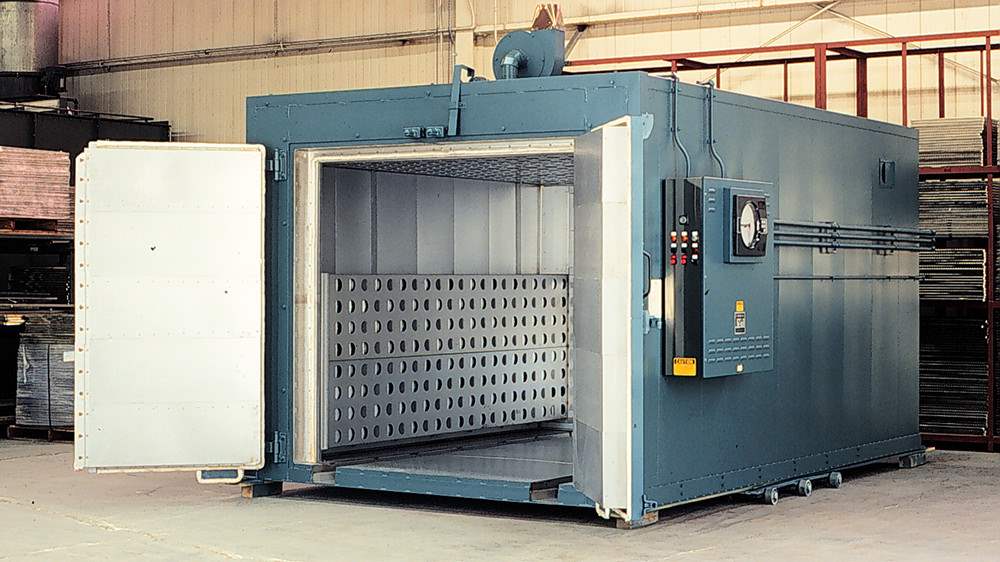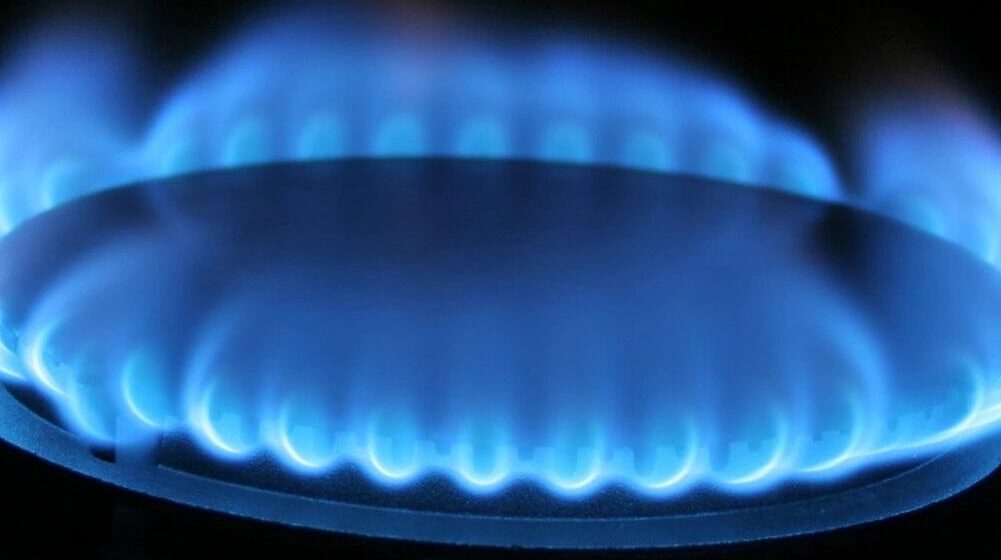The primary risks with industrial ovens are associated with the high temperatures and volatile materials inside the ovens. As temperatures increase in an enclosed space, and combine with flammable gases and vapors, an environment is created where combustion or explosion becomes a concern.
The first line of defense to ensure a safe process is to comply with NFPA standards. The NFPA provides a list of stipulations, requirements, and regulations for all industrial equipment. Effective training, proper use, and regular maintenance of an industrial oven goes a long way towards preventing dangerous situations that can cause substantial damage and personal injury.
In addition to NFPA standards, oven manufacturers provide guidelines for processes and procedures. They consider the different types of materials since they have individual safety requirements. A safety form should be attached to the oven that shows the materials being treated, the operating temperature, and the rate of exhaustion.
Safety Considerations
Temperature Control – Temperature Monitors and Shutoff Devices
Common sense dictates that the operating temperature in an industrial oven must be less than the temperature of combustion of the particles and gases in the oven. However, that does not mean that temperatures cannot accidentally rise above the point of safety.
Runaway temperatures can become present in an oven and create the risk of combustion. Temperature control devices are critical to minimize that risk; they monitor the temperature levels in the oven and are connected to a shut off device. The shutoff device will activate and shut down the oven if the temperature becomes too high or if it detects an issue with airflow.
Pressure Relief Devices and Explosion Relief Vents
As heat increases in an industrial oven, so does pressure. Pressure inside the oven introduces the risk of explosion. That’s why, in addition to temperature control devices, pressure relief devices are also imperative. These devices release pressure and dangerous gases. Pressure relief devices, however, do not completely remove the risk of explosion, but since their job is to release pressure, they reduce the damage should an explosion occur.
The design of the enclosure should aim to prevent vapors, gases, or other particles from igniting. However, if an explosion occurs, precautions should be in place to control the blast and prevent catastrophic damage. Pressure release vents are added to contain an explosion. These relief vents open if pre-set pressures are reached to relieve pressure. These vents must be a certain area (1 ft2 for each 15 ft3 of oven volume or one-fifteenth the oven‘s interior volume). The pressure relief panel that covers the vents should also be designed so that it does not become a dangerous projectile in an explosion. Safety features of an industrial oven should also direct the blast away from any people working nearby.
Ventilation
In addition to vents, other means for proper ventilation, such as exhaust fans that create positive force ventilation, are important for the oven’s safety. Ventilation allows the escape of gases and vapors before they become a problem.
Contact Production Systems to learn about the safety features we include in our industrial ovens. Our team works closely with you and your company to provide the best fir for your application.



